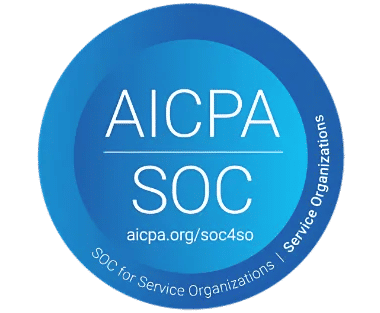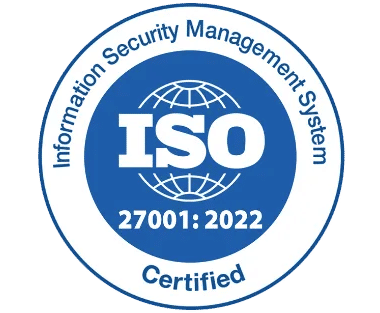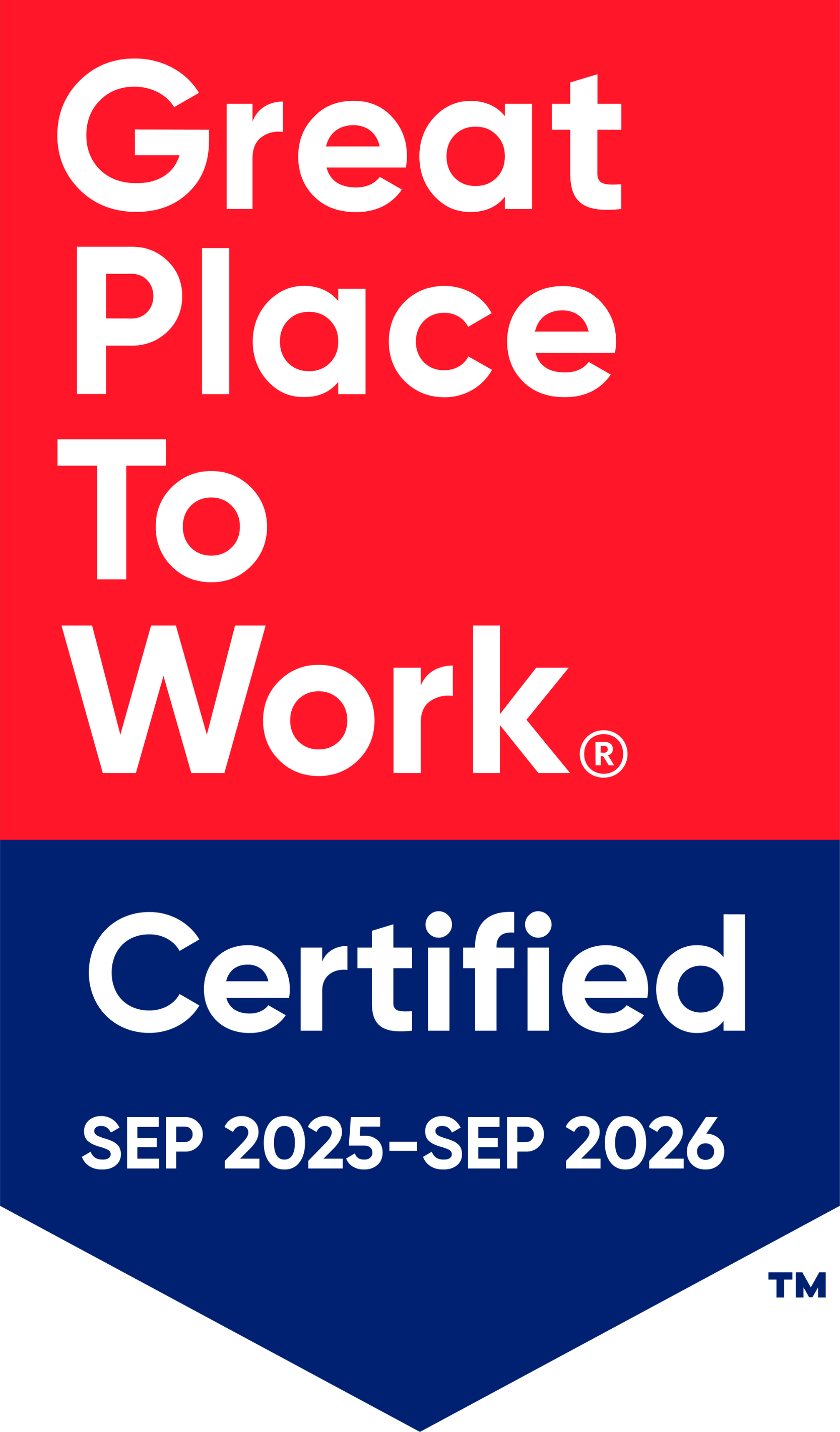Contract Monitoring Checklist: 15 Steps for Smooth Oversight

Contracts are the foundation of every business relationship, driving operations, partnerships, and growth. However, managing them effectively can feel challenging due to tight deadlines, and numerous stakeholders.
This is where a contract monitoring checklist comes into play.
By providing structure and clarity throughout the lifecycle of contracts, a proper checklist helps ensure that every detail from deliverables and compliance to renewals and risk management in contracts is tracked meticulously. It allows businesses to stay organized, reduce errors, and improve accountability.
With the right checklist, businesses can enhance their contract monitoring workflow, save time, and avoid costly mistakes.
In this blog, we will explore the significance of having checklists for monitoring contracts and share best practices for creating one that ensures smooth oversight and optimal outcomes.
Why Contract Monitoring Checklist is Important
A contract monitoring checklist is essential because it provides a clear, organized framework for overseeing every aspect of a life cycle.
It make sures that critical deadlines are met, compliance is maintained, and potential risks are proactively identified and addressed.
By systematically tracking key milestones, deliverables, and obligations, it helps organizations avoid costly mistakes, reduce legal disputes, and optimize performance.
Essentially, a well-structured checklist serves as a roadmap, allowing businesses to stay ahead of issues, foster better relationships with stakeholders, and ultimately achieve successful outcomes for all parties involved.
Contract Monitoring Checklist – 15 Factors To Consider
Implementing an effective contract monitoring checklist involves ensuring that all critical elements of a contract are carefully reviewed and tracked. Here are 15 essential factors to monitor when using a managing agreement.
1) Deliverables
Make sure all deliverables are submitted on time and meet the agreed-upon quality standards. Make sure that nothing is missed or incomplete in the deliverables, and that they fully align with the expectations set in the contract.
2) Timelines
Verify that all deadlines are being met and keep track of milestones to ensure the project stays on schedule. If there are any potential delays, address them early before they cause bigger problems.
3) Service Levels
Review whether the services provided are meeting the expectations set in the contract. The service provider is delivering the quality and performance that was agreed upon. If any part of the service is not up to the expected standard, raise the issue with the provider immediately and work together to resolve it.
3) Payment Schedules
Review the payment schedules outlined in the contract and ensure that invoices are submitted according to the agreed-upon timeline. Keeping track of payment due dates helps avoid delays in processing.
If there are any issues with invoicing or payments, such as delays or discrepancies, address them as soon as possible to prevent any financial disruptions.
Timely payments are not just a contractual obligation, but they also help maintain good relationships between both parties.
4) Regulatory Compliance
Compliance with laws and regulations is essential to avoid legal complications. Regularly review the compliance of contracts to ensure that it adheres to all relevant laws and industry regulations.
Be aware of any changes in legislation that might affect the terms of the contract, and make sure those changes are reflected in the contract to avoid potential fines or legal issues. Staying compliant not only protects your business but also builds trust with clients and partners, showing that you operate ethically and responsibly.
6) Internal Procedures
The contract should align with your company’s business policies, covering areas like security, procurement, data handling, and budgeting.
If the contract does not match your company’s internal guidelines or if any conflicts arise, make changes to ensure that everything aligns with company rules.
This step is important to prevent any future internal conflicts, ensure operational efficiency, and maintain a consistent business approach that aligns with your company’s objectives and values.
7) Data Security
Data protection is one of the most important aspects of any contract involving sensitive information. Be sure that the contract includes proper clauses that address how personal and sensitive data should be handled.
These clauses should comply with relevant data protection laws like GDPR or SOC 2 certified, ensuring the security of all customer or business data.
Protecting data not only avoids legal issues but also builds trust with clients and partners, as they know their information is secure.
8) Financial Allocation
It is essential to keep track of the budget throughout the entire contract process. Make sure that expenses are within the agreed-upon budget and that any potential cost overruns are identified early.
If additional costs arise, communicate them to the relevant stakeholders as soon as possible and determine how to adjust the project plan to stay within budget.
9) Payment Request
Accurate invoicing is crucial for maintaining financial order. Regularly review all invoices to confirm they reflect the agreed-upon terms, including the correct amounts for services rendered or products delivered. Make sure that invoices are submitted on time and processed without delay.
Clear invoicing ensures transparency and helps maintain good financial relations with contractors or suppliers.
10) Transaction Agreement
Review the payment terms specified in the contract to ensure they are being followed. These terms should include payment deadlines, methods, and any penalties for late payments.
If payments are delayed, take immediate action, whether through sending reminders or implementing the agreed-upon penalties.
Having clear, agreed-upon payment terms helps avoid confusion and ensures that both parties are on the same page regarding financial expectations.
11) Projected Risks
Every contract carries some level of risk, whether it’s financial, operational, or legal. Regularly assess potential risks that could impact the project, such as delays, cost overruns, or regulatory issues.
By identifying risks early, you can create strategies to mitigate them, whether through planning, insurance, or adjusting the scope of the project.
12) Backup Strategies
Contingency plans are essential for handling unforeseen events, like delays or emergencies.
Make sure that the contract includes steps to address any unexpected issues that may arise during the project.
These plans should be clear and understood by everyone involved. Having contingency measures in place ensures that if something goes wrong, there is a ready-to-go solution to keep the project on track.
13) Reporting:
Reporting is key to tracking the progress of the contract and making adjustments if necessary. Ensure that reports are submitted on time and that they provide clear, detailed, and accurate information.
The reports should cover aspects such as financial status, progress toward milestones, and any issues that need to be addressed. Proper reporting helps you stay on top of the contract’s status and make informed decisions based on the latest available data.
14) Fixing the Issue
Issues are bound to come up during any contract, but it is how they are addressed that makes the difference. When problems arise, make sure they are dealt with quickly and effectively.
Keep a log of all issues that come up and document how they were resolved. This helps identify patterns and potential problems in future contracts and ensures that problems do not linger or negatively impact the project.
15) Contract Amendments:
If changes to the contract are necessary, be sure to document them clearly and get approval from both parties. Whether it’s a change in pricing, scope, or terms, all amendments should be made in writing.
Keeping a track record of all changes helps avoid confusion and ensures the contract remains accurate throughout its duration. Properly documented amendments also provide legal clarity and prevent misunderstandings later
How to Implement the Contract Monitoring Checklist Practically
Implementing an effective contract monitoring checklist requires a structured approach. Follow these essential steps to ensure successful process.
Step 1: Identify Key Stakeholders
The first step in effective monitoring process is to identify the key stakeholders in your organization. These are the individuals or teams who will take responsibility for managing different aspects of the contract. For most businesses, this includes your legal team, procurement managers, and CFOs.
It is crucial to involve these stakeholders early on so they can contribute their expertise in shaping the contract monitoring process. By having a cross-functional team, you ensure that all aspects of the contract are managed effectively and nothing is overlooked.
Step 2: Define Critical Metrics
Once you have identified the stakeholders, it is time to define the critical metrics that will guide your contract monitoring. These metrics are key to understanding how well the contract is performing and whether all obligations are being met.
These metrics can be used to create a comprehensive checklist that will serve as a constant reminder of what needs to be monitored.
Remember, the contract metrics you track should align with your organization’s goals and any industry-specific requirements. By focusing on these critical metrics, you can ensure that your contracts are not only compliant but also optimized for success.
Step 3: Set Up Automated Reminders and Alerts
Monitoring agreements is a continuous process that requires attention to detail. To make this easier, it’s better to leverage the process with CLM 365, to automate key reminders and alerts. This step will save your team time and reduce the risk of missing important milestones.
It allows you to set automated reminders for critical contract events, such as renewal dates, payment due dates, or performance reviews.
This automation ensures that everyone involved in contract management is notified well in advance, preventing delays or missed obligations.
Step 4: Monitor Contract Execution
Now comes the most important part: monitoring the execution of the contract. This is where you will assess whether all parties are fulfilling their commitments as outlined in the agreement.
To do this, you should use your predefined checklist to regularly review key aspects of executing a contract. This includes verifying that deliverables are on track, payments are being processed on time, and compliance with all relevant regulations is being maintained.
The process involves more than just tracking milestones. It also means staying engaged with your team and stakeholders to ensure that any emerging issues are dealt with swiftly.
Step 5: Review and Revise the Checklist
Contracts are dynamic documents that may evolve over time due to changes in business operations, legal requirements, or shifts in strategy. It is essential to review your contract monitoring checklist regularly to ensure it stays relevant and effective.
As new issues arise or business goals change, your checklist should reflect these updates. For example, if a new regulatory requirement impacts the terms of your contract, you will need to adjust your checklist to ensure compliance. Similarly, as your organization’s priorities shift, the metrics you track may need to change to align with those new goals.
By regularly revising your checklist, you ensure that your contract monitoring remains effective and continues to add value as the contract progresses.
The Benefits of a Contract Monitoring Checklist
Every contract is a promise an agreement that, if managed properly, can unlock tremendous value. But let us be honest keeping track of all those promises is no small task. That is where a contract monitoring checklist steps in as your most reliable resource. Here are some benefits that drives the business with the help of having proper checklist before proceeding.
1) Boost Your Efficiency Like Never Before
It brings order and structure to what could otherwise be a chaotic process. By consolidating all critical contract obligations into one accessible document, it allows teams to quickly and effectively assess the status of each contract
This clarity and organization save time, allowing teams to focus on higher-priority tasks, and ensuring that no important details are overlooked.
2) Eliminates Risks
A checklist helps you stay on track by keeping an eye on important dates and details. By checking off items regularly, you can spot potential problems before they become bigger issues. This keeps your business safe from costly mistakes, legal issues, or missed opportunities.
3) Enhance Strategic Decision-Making
With a detailed checklist, you have all the necessary data at your fingertips to make smarter business decisions.
Whether it is deciding on renewals, adjusting service levels, or renegotiating terms, you can base your decisions on real-time contract performance rather than gut feelings or incomplete information.
4) Improves Performance of Contracts
A checklist is not just a way to manage tasks; it’s also a tool for monitoring how well a contract is performing.
By evaluating key performance indicators (KPIs), such as service levels, product quality, or financial terms, you can gauge if the terms of the contract are being met effectively. This helps identify performance gaps early, allowing you to take corrective actions before they impact your business.
5) Increase Transparency and Accountability
A well-maintained checklist creates transparency within your organization. By tracking all actions, deadlines, and responsibilities, everyone involved in managing contracts knows what needs to be done and when.
This fosters accountability and minimizes misunderstandings. When team members are aware of their responsibilities, the chances of mistakes or missed tasks decrease, leading to smoother contract management.
Conclusion
In summary, a contract monitoring checklist is an essential resource for legal, procurement, and finance teams who want to stay on top of their contracting process.
With the rise of digital solutions, businesses now have the tools to automate and streamline the contract monitoring process.
Ready to Take Control of Your Contracts? Get started with CLM 365 Now and experience new way of monitoring agreements.
Frequently Asked Questions
How often should a contract be monitored using a checklist?
Agreements should be reviewed regularly, at least once a month, to make sure everything is on track. However, it is important to keep track of these events so nothing important is missed.
What key areas should be included in the contract monitoring checklist?
Your checklist should cover important contract details like:
- Payment terms and deadlines
- Delivery schedules and quality expectations
- Compliance with legal requirements
- Performance goals or service levels
- Any renewal or termination dates
- Risk areas or issues that could affect contract success
Who is responsible for creating and overseeing the checklist?
The responsibility for creating and overseeing the checklist typically falls on the legal, procurement, and contract management teams. These teams work together to track contract details and make sure that everyone involved knows their duties and deadlines.
How does monitoring contracts help a business grow?
Monitoring them regularly helps businesses by reducing the risk of missing key deadlines or obligations. It keeps contracts aligned with business goals and helps companies avoid unnecessary costs.
What happens if a mistake is found during monitoring?
If a mistake is found during monitoring, it is important to address it quickly. The checklist will help you track issues and resolve them promptly. Whether it is renegotiating terms, adjusting deadlines, or correcting any payment errors, quick action ensures that the business continues running smoothly.









_svxLrd-8yH.png)

_2VYSFUTN5m.png)

_JiluXJRGNl.svg)

_2djTKNocf.png)





_Rapo0hRMBy.png)

















